Home>Dining>Tableware>What Is The Definition Of Class A Glassware
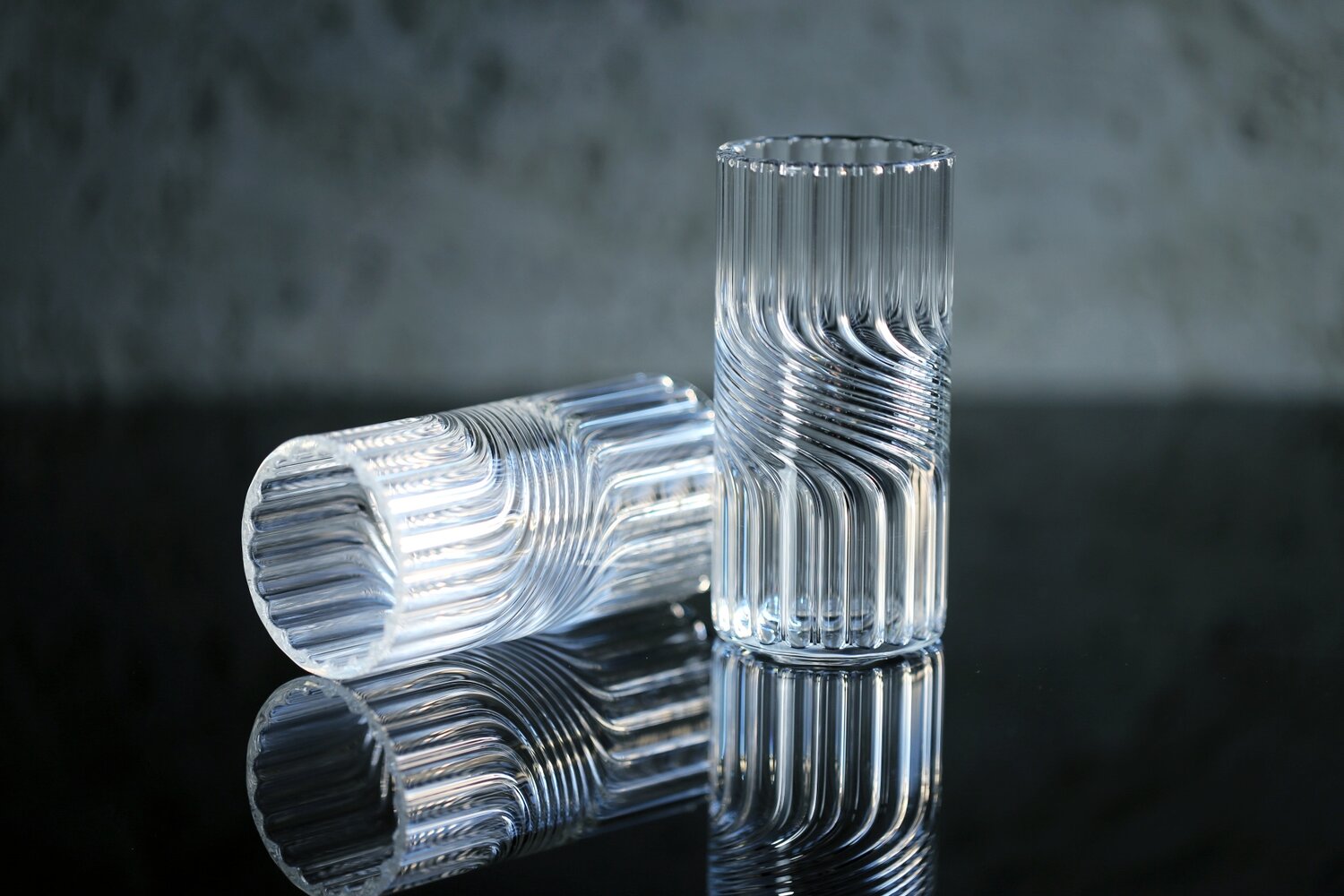

Tableware
What Is The Definition Of Class A Glassware
Modified: March 2, 2024
Learn the meaning of Class A glassware in the field of tableware. Discover its characteristics, uses, and importance in various industries.
(Many of the links in this article redirect to a specific reviewed product. Your purchase of these products through affiliate links helps to generate commission for Storables.com, at no extra cost. Learn more)
Introduction
Welcome to the world of tableware! Whether you’re a seasoned host or just starting your collection, understanding the different types of tableware can elevate your dining experience to new heights. In this comprehensive guide, we will delve into the realm of Class A glassware, exploring its definition, characteristics, applications, specifications, and the importance of its use in laboratory settings.
Class A glassware is a category of glassware renowned for its exceptional quality and precision. Primarily used in scientific and laboratory settings, Class A glassware ensures accurate measurements, reliable results, and utmost safety. From volumetric flasks to burettes, pipettes to beakers, Class A glassware is an indispensable asset in the field of research, experimentation, and analysis.
So, what sets Class A glassware apart from the rest? Firstly, it undergoes a meticulous manufacturing process with stringent quality control measures. This guarantees uniformity, precision, and high accuracy in terms of volume and measurements. Class A glassware is designed to meet the highest international standards, making it a trusted choice for professionals in various scientific disciplines.
Another distinguishing characteristic of Class A glassware is its excellent chemical resistance. Made from borosilicate glass, Class A glassware can withstand a wide range of chemical substances, making it suitable for a multitude of laboratory applications. Its ability to resist thermal shock also allows for safe handling of hot liquids or rapid temperature changes without compromising its structural integrity.
Not only does Class A glassware possess exceptional functionality, but it also exudes elegance and sophistication. With its crystal-clear transparency, sleek designs, and smooth finishes, Class A glassware adds a touch of luxury to any table setting. Whether it’s a formal dinner party or a casual brunch, Class A glassware effortlessly elevates the aesthetic appeal of your dining experience.
Throughout this guide, we will walk you through the various types of Class A glassware, their specific applications in laboratories, and how to properly care for and maintain your collection. So, let’s dive in and unlock the wonders of Class A glassware together!
Key Takeaways:
- Class A glassware is a pinnacle of precision and reliability in laboratory settings, offering accurate measurements, chemical resistance, and durability. Its applications range from quantitative analysis to sample storage, ensuring consistent and trustworthy results.
- Proper care and maintenance are essential for preserving the longevity and accuracy of Class A glassware. Regular cleaning, gentle handling, and calibration verification contribute to its reliability and functionality, ensuring its role as a cornerstone of scientific research and experimentation.
Read more: What Is A CAD Class
Overview of Class A Glassware
Class A glassware encompasses a wide range of laboratory equipment specifically designed to meet the highest standards of accuracy and precision. This category of glassware is commonly used in scientific research, pharmaceutical industries, chemical laboratories, and educational institutions.
One of the key features of Class A glassware is its impeccable calibration. It undergoes extensive testing and certification processes to ensure that the measurements and volumes indicated on the glassware are highly accurate. This makes Class A glassware an essential tool for conducting precise experiments, performing quantitative analysis, and preparing solutions with utmost accuracy.
Class A glassware is available in various shapes and sizes to cater to different laboratory requirements. Popular examples include volumetric flasks, pipettes, burettes, beakers, and graduated cylinders. Each type of glassware serves a specific purpose, allowing scientists and researchers to carry out their work efficiently and effectively.
Volumetric flasks, for instance, are used for preparing solutions with a specific volume. They have a narrow neck and a flat bottom, allowing for precise measurements and easy pouring. Pipettes, on the other hand, are used for transferring small volumes of liquids. They come in different capacities, such as micropipettes for measuring microliters and serological pipettes for larger volumes.
Burettes are used in titration experiments to measure the volume of the titrant added to a solution. They have a stopcock at the bottom, allowing for controlled and gradual dispensing of the solution. Beakers are versatile glassware that can be used for mixing, heating, and storing liquids. They have a wide mouth and are available in various sizes to accommodate different volumes.
Graduated cylinders are commonly used for general measurements and volume estimations. They have clear markings along the cylindrical body, allowing users to read the volume accurately. Other types of Class A glassware include Erlenmeyer flasks, test tubes, and watch glasses, each serving a specific purpose in the laboratory.
Overall, Class A glassware is an indispensable tool in scientific research, providing accurate measurements, precise volume control, and exceptional chemical resistance. Its reliability and quality make it a preferred choice among professionals in the field of chemistry, biology, pharmaceuticals, and many other scientific disciplines.
In the next section, we will delve into the specific characteristics that make Class A glassware stand out. Understanding these features will further enhance our appreciation of the importance and applications of Class A glassware in laboratory settings.
Characteristics of Class A Glassware
Class A glassware is revered for its exceptional characteristics that make it a top choice for laboratory applications. These characteristics not only ensure accurate measurements and reliable results but also guarantee the safety and durability of the glassware. Let’s explore some of the key characteristics of Class A glassware:
1. Accuracy: Class A glassware is manufactured with precise measurements and calibrated to meet the highest standards of accuracy. The markings and graduations on the glassware are designed to provide precise volume measurements, allowing scientists and researchers to carry out experiments and analyses with confidence.
2. Precision: The manufacturing process of Class A glassware involves meticulous attention to detail to ensure uniformity in volume and shape. This precision helps minimize errors and discrepancies in measurements, ensuring reliable and consistent results.
3. Chemical Resistance: Class A glassware is typically made from borosilicate glass, which exhibits excellent resistance to a wide range of chemical substances. This makes it suitable for various laboratory applications, where different solutions and reagents may be used. The glassware can withstand corrosive and reactive chemicals without undergoing any structural damage.
4. Thermal Stability: Class A glassware is highly resistant to thermal shock, allowing it to withstand rapid temperature changes without cracking or shattering. This property is beneficial when working with hot liquids or when subjecting the glassware to heating and cooling cycles.
5. Transparency: Class A glassware is renowned for its exceptional transparency, which allows for easy observation of the contents inside. This transparency is crucial in laboratory settings, as it enables researchers to monitor reactions, mixtures, and color changes accurately.
6. Durability: Class A glassware is designed to withstand rigorous laboratory use and handle frequent handling, cleaning, and sterilization. The high-quality materials used in its construction contribute to its durability, ensuring that the glassware will remain intact and functional for a long period.
7. Easy-to-clean: Class A glassware is designed with smooth surfaces, making it easy to clean and maintain. The absence of crevices and corners prevents the buildup of residue or contaminants, ensuring reliable and uncontaminated results in subsequent experiments.
8. Ergonomic Design: Class A glassware is crafted with ergonomics in mind, considering factors such as grip, stability, and ease of use. This design ensures comfortable handling and minimizes the risk of accidental spills or breakages during experiments or manipulations.
These characteristics collectively contribute to the exceptional quality and reliability of Class A glassware. They are a testament to the commitment to precision, safety, and usability that go into the manufacturing process. Now that we understand the unique characteristics of Class A glassware, let’s explore the various applications in which it plays a crucial role in laboratory settings.
Applications of Class A Glassware
Class A glassware finds its applications in a wide range of laboratory settings due to its exceptional quality, accuracy, and durability. From research and development to quality control and analysis, Class A glassware is an essential tool for scientists, researchers, and professionals in various scientific disciplines. Let’s explore some of the key applications of Class A glassware:
1. Quantitative Analysis: Class A glassware, such as volumetric flasks and burettes, is crucial for conducting quantitative analysis in chemistry and biology labs. These glassware pieces allow for precise measurement and control of volumes, ensuring accurate results in analytical procedures like titration and dilution.
2. Solution Preparation: Class A glassware, including graduated cylinders and pipettes, is used for preparing solutions with specific concentrations and volumes. The accurate markings and graduations on the glassware enable scientists to measure and mix the desired amounts of solutes and solvents, ensuring consistent and reliable solutions.
3. Sample Storage and Handling: Class A glassware, such as beakers and test tubes, is widely used for storing and handling samples in laboratories. These glassware pieces are chemically resistant and can withstand various temperatures, making them ideal for keeping samples during experiments, analysis, and research studies.
4. Titration Experiments: Burettes, with their precise volume control and stopcocks, are specifically designed for titration experiments. They allow scientists to accurately dispense the titrant solution into a sample until the desired reaction endpoint is reached, enabling the determination of the unknown concentration of an analyte.
5. Chemical Reactions and Mixing: Class A glassware, such as Erlenmeyer flasks and beakers, are commonly used for mixing and carrying out chemical reactions. Their wide mouths and sturdy designs make them ideal for handling various liquid volumes and vigorous stirring, facilitating efficient and controlled reactions.
6. Biological and Pharmaceutical Applications: Class A glassware plays a vital role in biological and pharmaceutical laboratories for tasks such as cell culture, media preparation, sample dilution, and drug formulation. The accuracy and precision of the glassware ensure the reproducibility and reliability of experimental results.
7. Quality Control and Calibration: Class A glassware is essential for quality control processes in industries such as food and beverage, pharmaceuticals, and cosmetics. The glassware assists in calibrating instruments, measuring ingredients accurately, and ensuring batch-to-batch consistency in manufacturing processes.
8. Educational and Teaching Purposes: Class A glassware finds extensive use in educational institutions for teaching scientific principles, conducting experiments, and demonstrations in chemistry, biology, and physics classes. The precision and reliability of the glassware help students understand and apply scientific concepts effectively.
These are just a few examples of how Class A glassware is utilized in laboratories. Its versatility, accuracy, and durability make it an indispensable asset across various scientific disciplines and industries. In the next section, we will explore the specifications and standards for Class A glassware to ensure its quality and compliance with international guidelines.
Specifications of Class A Glassware
Class A glassware is manufactured according to strict specifications and standards to ensure its quality, accuracy, and reliability. These specifications define the requirements for the glassware’s dimensions, graduations, tolerances, and other essential features. Let’s explore some of the key specifications of Class A glassware:
1. Volume Calibration: Class A glassware is calibrated to meet specific volume tolerances. For example, a Class A volumetric flask may have a tolerance of ±0.05 mL for volumes up to 10 mL, and ±0.10 mL for volumes larger than 10 mL. This ensures precise and accurate measurements when preparing solutions or conducting experiments.
2. Graduations: Class A glassware is marked with graduations, such as lines or numbers, to indicate volume measurements along the glassware’s surface. These graduations are designed to be easily readable and allow for precise volume readings. The spacing between the graduations must be uniform to ensure consistent measurements.
3. Tolerances: Class A glassware has defined tolerances for volume measurements. These tolerances indicate the maximum allowable deviation from the specified volume. For example, a Class A pipette may have a tolerance of ±0.02 mL. Tolerances are crucial for ensuring the accuracy and reliability of experimental results.
4. Material and Construction: Class A glassware is typically made from borosilicate glass, known for its excellent chemical resistance and thermal stability. Borosilicate glass ensures that the glassware can withstand corrosive chemicals and sudden temperature changes without compromising its structural integrity.
5. Traceability and Certification: Class A glassware often comes with a certificate of calibration or traceability. This certificate provides information about the glassware’s calibration process, the standards used, and the date of calibration. It ensures that the glassware conforms to the specified requirements and maintains its accuracy throughout its lifetime.
6. Conical Design: Certain Class A glassware, such as volumetric flasks and Erlenmeyer flasks, have a conical or pear-shaped design. This shape allows for easy mixing, swirling, and pouring of liquids, promoting efficient and uniform mixing or reactions.
7. Stopcocks and Stoppers: Class A glassware such as burettes and separatory funnels may be equipped with stopcocks, which allow for controlled dispensing of liquids. The stopcocks should fit tightly without leakage, ensuring smooth and precise flow control. Additionally, Class A glassware that requires closure, such as Erlenmeyer flasks, should have compatible stoppers or closures to seal the contents securely.
8. International Standards: Class A glassware is manufactured according to various international standards, such as ISO (International Organization for Standardization) or ASTM (American Society for Testing and Materials). These standards ensure that the glassware meets specific requirements for accuracy, durability, and safety, maintaining consistently high quality across different manufacturers.
Adherence to these specifications and standards is crucial for maintaining the integrity and reliability of Class A glassware. It ensures that scientists, researchers, and professionals can rely on the accuracy and precision of the glassware for their experiments, analyses, and scientific investigations.
Now that we have explored the specifications of Class A glassware, let’s delve into the importance of using Class A glassware in laboratory settings and the benefits it offers.
When looking for Class A glassware, ensure that it meets the ASTM E438 Type I, Class A standard for accuracy and precision in volumetric measurements. This ensures reliable and consistent results in laboratory experiments.
Read more: What Is A Class A Chimney
Importance of Class A Glassware in Laboratory Setting
Class A glassware plays a vital role in laboratory settings, offering numerous benefits and ensuring the accuracy and reliability of scientific experiments, research, and analysis. Let’s explore the importance of Class A glassware in the laboratory:
1. Accurate and Precise Measurements: Class A glassware is specifically calibrated and designed to provide accurate and precise volume measurements. This allows scientists and researchers to obtain reliable data, ensuring the validity of their experiments and analysis. Accurate measurements are crucial for achieving consistent and reproducible results in scientific investigations.
2. Reliable Experimental Results: The meticulous calibration and high-quality construction of Class A glassware ensure the reliability of experimental results. By using glassware with minimal calibration errors and precise graduations, researchers can minimize systematic errors, leading to more accurate and trustworthy findings.
3. Safety in Chemical Handling: Class A glassware, made from durable and chemically resistant borosilicate glass, ensures the safe handling of various chemicals and reagents. Its resistance to chemical corrosion mitigates the risk of glassware deterioration or contamination, ensuring the integrity of the samples and the safety of laboratory personnel.
4. Consistency and Reproducibility: Using Class A glassware promotes consistency and reproducibility in laboratory experiments. The uniformity in measurements and volume control allows researchers to replicate procedures accurately, enabling other scientists to obtain similar results when following the same experimental protocols.
5. Quality Control and Regulatory Compliance: Class A glassware is essential for quality control processes in industries such as pharmaceuticals, food and beverage, and cosmetics. It ensures precise measurement of ingredients, adherence to regulatory requirements, and consistency in product formulations. Class A glassware helps maintain high product standards and compliance with industry regulations.
6. Confidence in Experimental Design: Using accurately calibrated Class A glassware provides researchers with confidence in their experimental design. Precise volume measurements and control allow for controlled variables, accurate dosing, and the ability to perform statistical analysis, enhancing the overall reliability and credibility of scientific findings.
7. Professionalism and Institutional Standards: Class A glassware exemplifies professionalism and adherence to institutional standards. Research institutions, universities, and laboratories rely on Class A glassware to ensure the accuracy and credibility of their scientific work. Using Class A glassware conveys a commitment to quality and precision in research and analysis.
8. Compliance with Regulatory Standards: Certain laboratory protocols and regulatory bodies require the use of Class A glassware. For example, pharmaceutical laboratories may be required to use Class A glassware for drug formulation, ensuring the accuracy of dosing and compliance with regulatory guidelines.
By utilizing Class A glassware in laboratory settings, scientists, researchers, and professionals can confidently carry out experiments, analysis, and research. The accuracy, precision, and reliability of Class A glassware ensure the integrity and validity of scientific investigations, contributing to advancements in various scientific disciplines.
In the next section, we will compare Class A glassware with Class B glassware to further understand their differences and applications.
Comparison between Class A and Class B Glassware
When it comes to glassware used in laboratory settings, two common classifications are Class A and Class B. These classifications refer to the level of accuracy and precision that the glassware provides. Let’s explore the key differences between Class A and Class B glassware:
1. Accuracy and Precision: Class A glassware is designed to meet higher accuracy and precision standards compared to Class B glassware. Class A glassware has tighter tolerances, ensuring more accurate and consistent volume measurements. On the other hand, Class B glassware has slightly larger tolerances, allowing for a lower level of accuracy but still suitable for general laboratory use.
2. Cost: Class A glassware, with its higher level of accuracy and precision, is generally more expensive than Class B glassware. The tighter manufacturing tolerances and stricter quality control processes involved in producing Class A glassware contribute to its higher cost.
3. Application and Use: Class A glassware is typically used in applications that require precise measurements and accurate volume control, such as quantitative analysis, solution preparation, and titration experiments. It is preferred in research settings and industries where accuracy and consistency are crucial. On the other hand, Class B glassware, with its slightly lower level of accuracy, is suitable for general laboratory use, educational purposes, and applications that do not require the highest level of precision.
4. Tolerances: Class A glassware has tighter tolerances for both volume calibration and graduations, ensuring more precise measurements. Class B glassware, while still providing reasonably accurate volume measurements, has slightly larger tolerances. The choice between Class A and Class B glassware depends on the level of accuracy required for specific experiments and applications.
5. Certifications and Traceability: Class A glassware often comes with certifications and traceability documents that verify its calibration and compliance with international standards. These documents provide assurance that the glassware meets the specified accuracy requirements. Class B glassware may not always come with the same level of certification.
6. Regulatory Requirements: Some industries and regulatory bodies may have specific requirements regarding the use of Class A glassware. For example, pharmaceutical companies may be required to use Class A glassware for accurate drug formulation and dosage measurement. It is important to consider any regulatory guidelines that apply to your specific field when choosing between Class A and Class B glassware.
7. Cost-Effectiveness: Class A glassware, despite being more expensive, provides a higher level of accuracy and precision. However, if the required level of accuracy is not crucial for your applications, Class B glassware can be a cost-effective alternative without compromising overall functionality.
Understanding the differences between Class A and Class B glassware allows researchers, scientists, and laboratory professionals to make informed decisions based on the specific requirements of their experiments and applications. Whether it’s Class A or Class B, both types of glassware serve important roles in laboratory settings, providing accuracy, reliability, and versatility.
Now that we have compared Class A and Class B glassware, let’s explore how to properly care for and maintain Class A glassware to ensure its longevity and usability.
Proper Care and Maintenance of Class A Glassware
Proper care and maintenance of Class A glassware are essential to ensure its longevity, accuracy, and reliability. By following these guidelines, you can maintain the quality and functionality of your glassware for years to come:
1. Cleaning: Clean your Class A glassware thoroughly after each use to remove any residue or contaminants. Use mild detergent, warm water, and a soft brush or sponge to gently scrub the glassware. Avoid using harsh abrasive cleaners or brushes that could scratch or damage the glass surface.
2. Rinse: Rinse the glassware with deionized water or distilled water to remove any detergent or cleaning solution thoroughly. This helps prevent residue buildup and ensures that no contaminants remain on the glassware’s surface.
3. Drying: After rinsing, allow the glassware to air dry in a vertical position or use a lint-free cloth to gently pat it dry. Avoid using paper towels or abrasive materials that could scratch the glass. Ensure the glassware is completely dry before storing or using it again.
4. Storage: Store your Class A glassware in a clean and dry cabinet or drawer to protect it from dust, humidity, and potential damage. Ensure that it is stored in an upright position to avoid any stress or pressure on the glassware.
5. Handling: Handle Class A glassware with care to prevent accidental drops or impacts. Avoid exposing it to extreme temperature changes, as this can cause thermal stress and potentially lead to cracking or shattering. Use protective gloves when necessary to avoid transferring oils or contaminants from your hands onto the glassware.
6. Calibration Verification: Regularly check the calibration of your Class A glassware. This can be done by comparing the markings on the glassware with a properly calibrated reference instrument. If any discrepancies are found, it may be necessary to have the glassware recalibrated or replaced to ensure its accuracy.
7. Avoid Direct Flame: Class A glassware, while resistant to thermal shock, should not be exposed to direct flame. Use appropriate heating methods such as a Bunsen burner, hot plate, or water bath, while ensuring the glassware is securely supported to prevent accidents or thermal stress.
8. Chemical Compatibility: Class A glassware is generally resistant to a wide range of chemicals. However, it is important to verify the chemical compatibility of the glassware with the substances being used. Consult chemical compatibility charts or manufacturer’s guidelines to ensure the glassware is suitable for the specific chemicals and concentrations involved.
9. Inspections: Regularly inspect your Class A glassware for any signs of damage, including chips, cracks, or scratches. Damaged glassware should be immediately repaired or replaced to maintain its accuracy and functionality.
10. Minimize Staining: To minimize staining, avoid leaving solutions or residues in the glassware for extended periods. If staining does occur, use appropriate cleaning methods, such as soaking in a mixture of water and mild acid, or using specialized glassware cleaning agents, as recommended by the manufacturer.
By following these care and maintenance practices, you can ensure the longevity and accuracy of your Class A glassware. Regular cleaning, proper storage, and safe handling contribute to the reliability and functionality of the glassware, enabling accurate and consistent scientific experiments, research, and analysis.
Now that we have covered the proper care and maintenance of Class A glassware, let’s conclude our comprehensive guide on this essential tool for laboratory settings.
Conclusion
In the realm of tableware, Class A glassware stands out as a cornerstone of accuracy, precision, and reliability in laboratory settings. Whether it’s conducting quantitative analysis, preparing solutions, or carrying out titration experiments, Class A glassware offers unparalleled functionality and performance.
With its exceptional characteristics such as accuracy, precision, chemical resistance, and thermal stability, Class A glassware ensures accurate measurements, reliable results, and utmost safety in scientific research, pharmaceutical industries, chemical laboratories, and educational institutions.
Class A glassware’s applications are vast and diverse. From quantitative analysis and solution preparation to sample storage and handling, it plays a pivotal role in a broad range of laboratory tasks. Its importance extends to quality control, regulatory compliance, and achieving consistency and reproducibility in scientific investigations.
When choosing between Class A and Class B glassware, it’s important to consider the level of accuracy required for specific experiments and applications. Class A glassware offers higher precision and adherence to strict standards, albeit at a higher cost, making it ideal for applications demanding utmost accuracy. Class B glassware, with slightly lower tolerances, serves well in general laboratory use and educational settings where precision is not a primary factor.
Proper care and maintenance of Class A glassware are crucial for its longevity and continued accuracy. Regular cleaning, thorough rinsing, gentle drying, and safe handling are essential practices to ensure the glassware remains in optimal condition. Additionally, regular calibration verification, storage in clean and dry environments, and avoiding direct flames help maintain the glassware’s reliability and functionality.
In conclusion, Class A glassware enriches laboratory experiences by providing accurate measurements, precise volume control, and dependable performance. Its significance extends beyond its practicality, as Class A glassware represents a commitment to accuracy, quality, and professionalism in scientific research, experimentation, and analysis. By utilizing Class A glassware, scientists, researchers, and professionals can confidently push the boundaries of scientific discovery and innovation.
So, whether you’re conducting groundbreaking research or simply enjoying the elegance of Class A glassware in your dining experience, let it inspire you to embrace precision, accuracy, and excellence in every aspect of your work and life.
Frequently Asked Questions about What Is The Definition Of Class A Glassware
Was this page helpful?
At Storables.com, we guarantee accurate and reliable information. Our content, validated by Expert Board Contributors, is crafted following stringent Editorial Policies. We're committed to providing you with well-researched, expert-backed insights for all your informational needs.


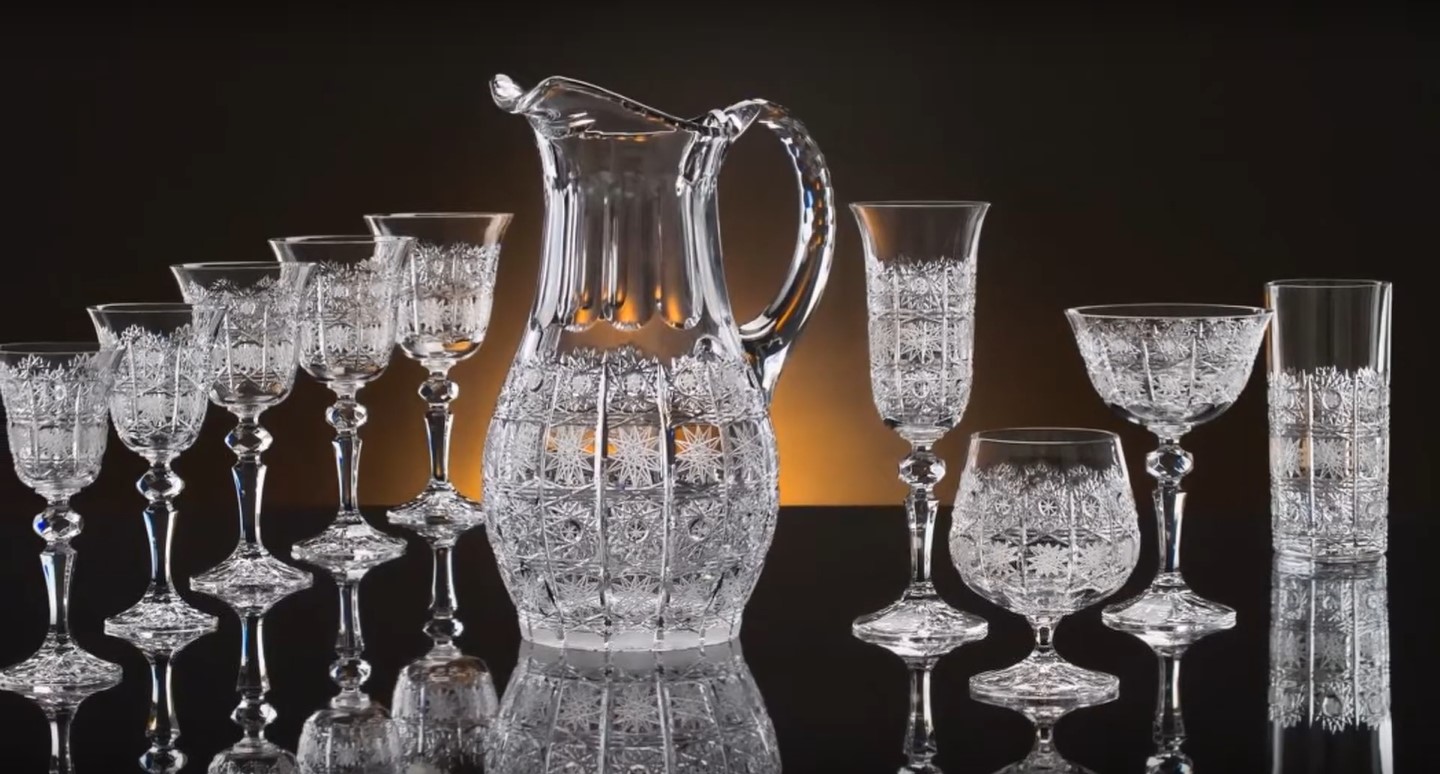
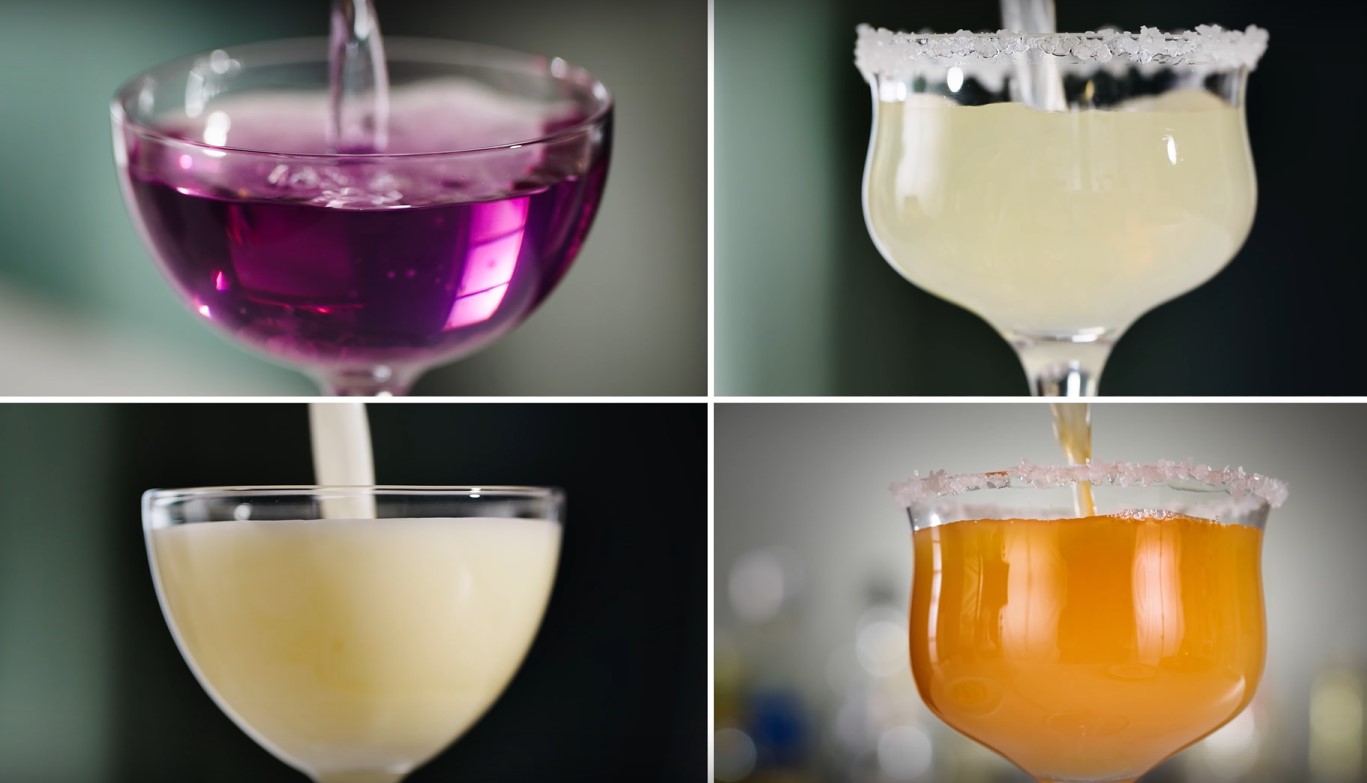
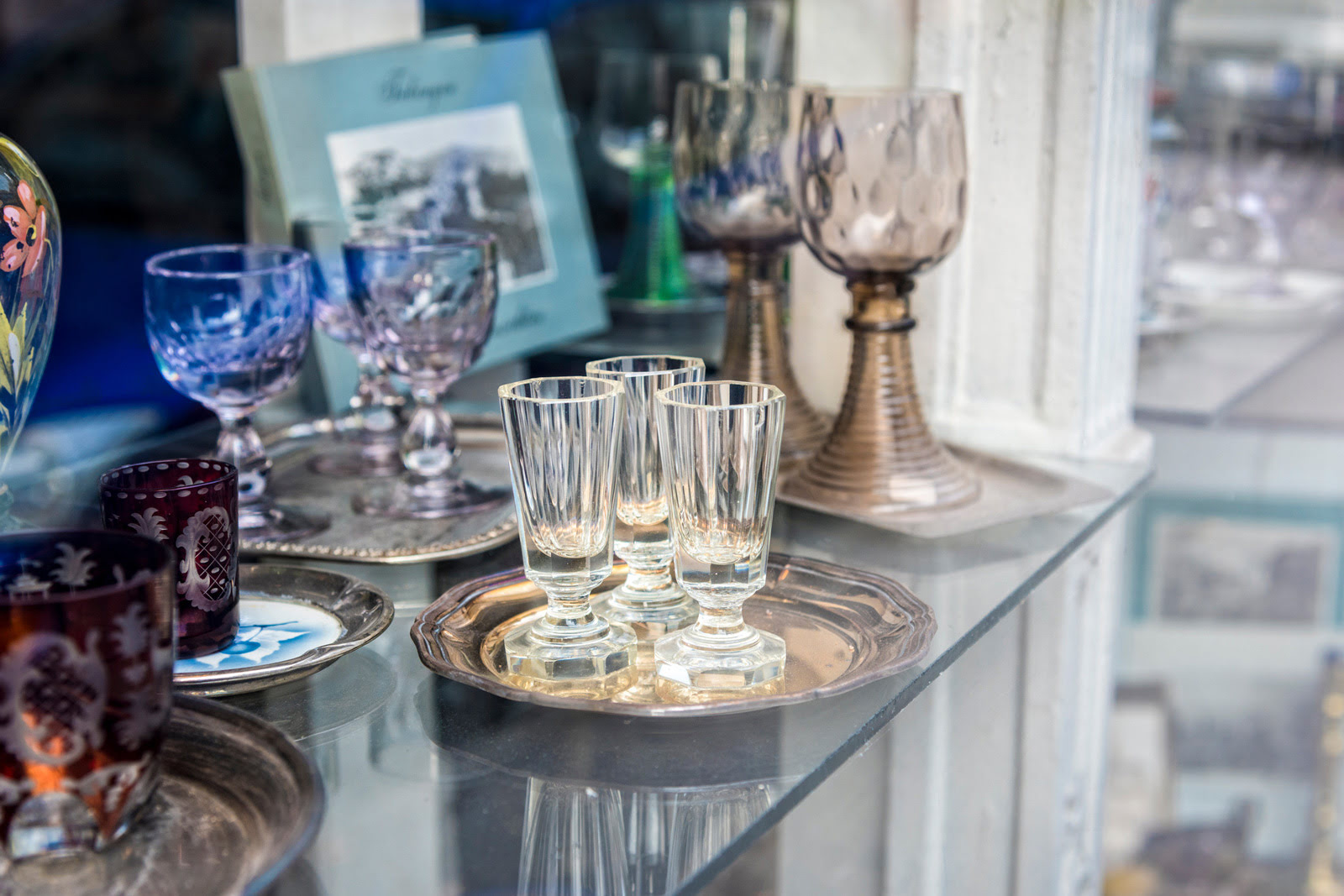
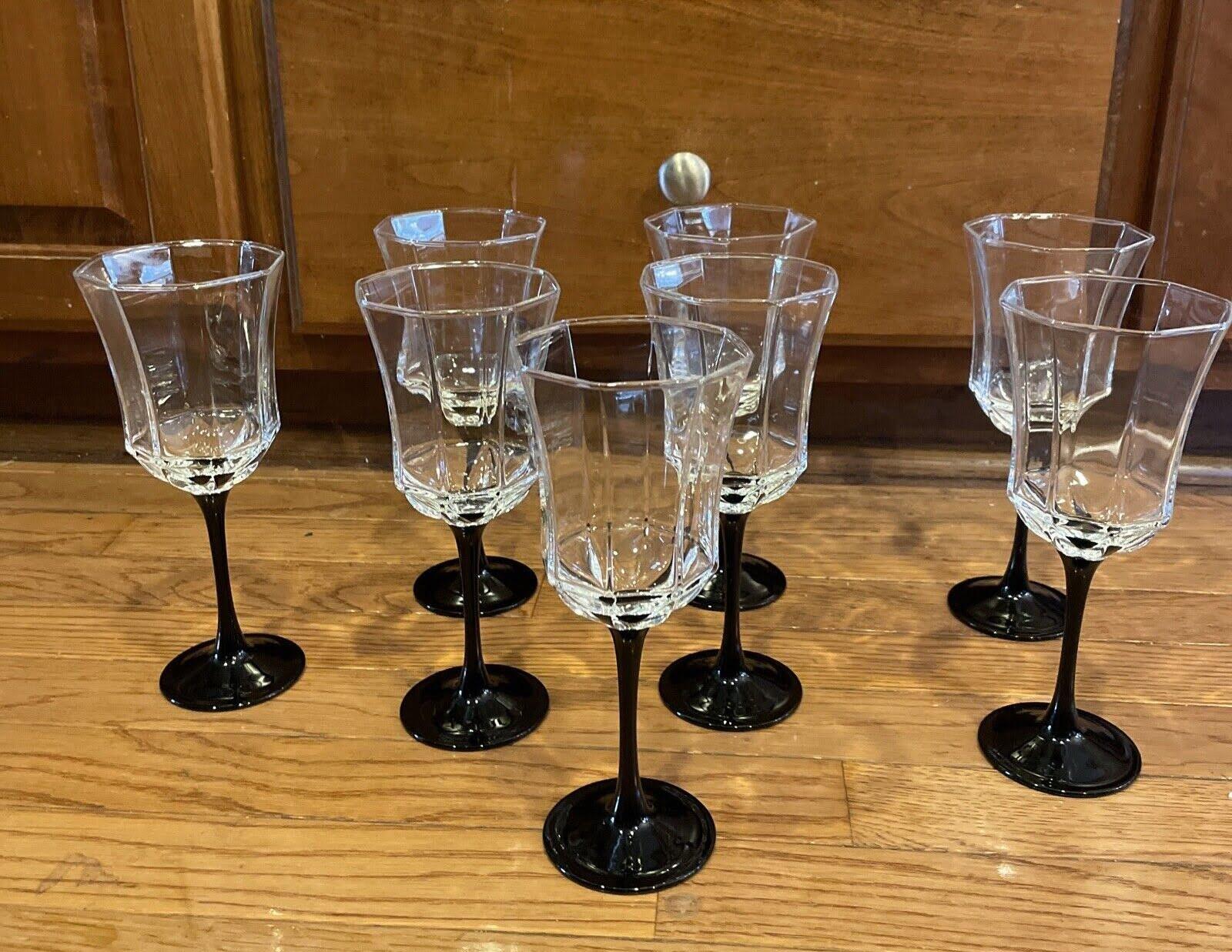


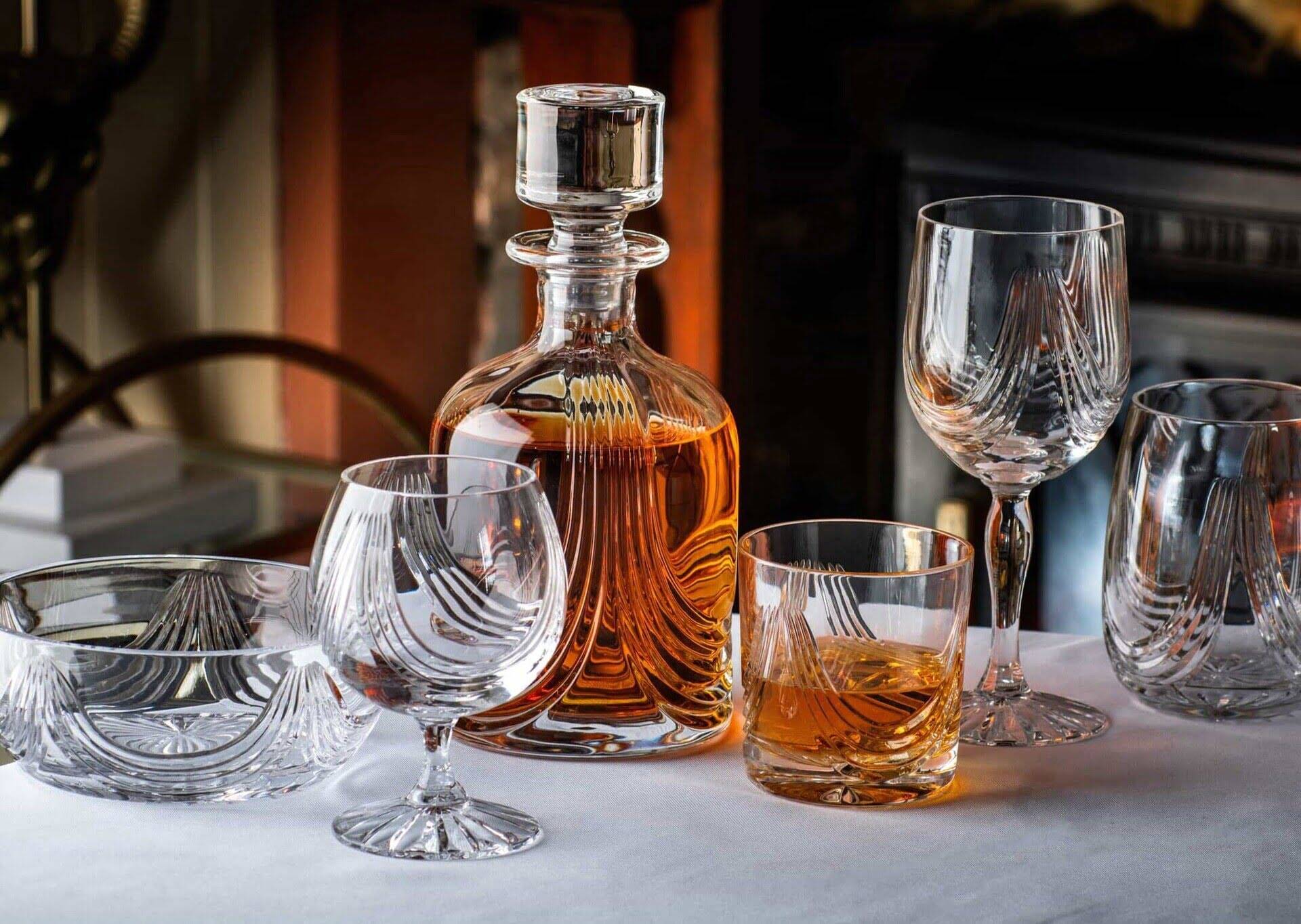
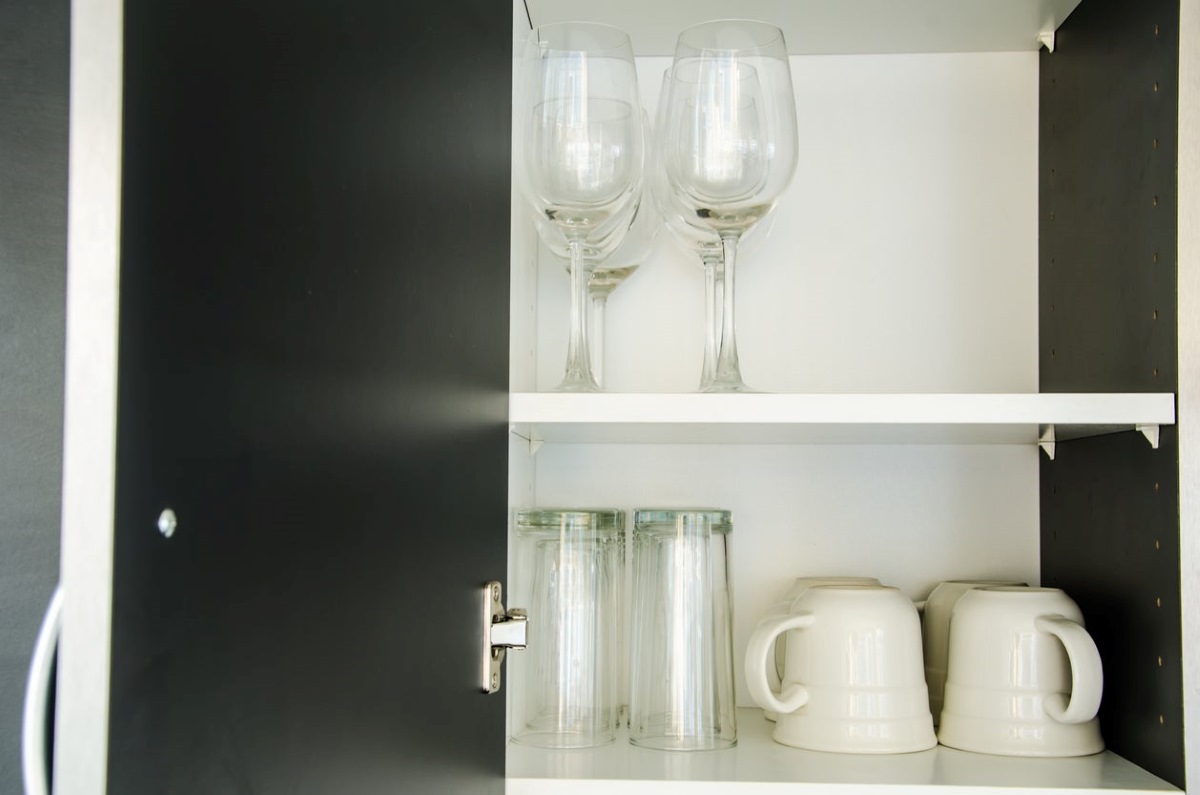
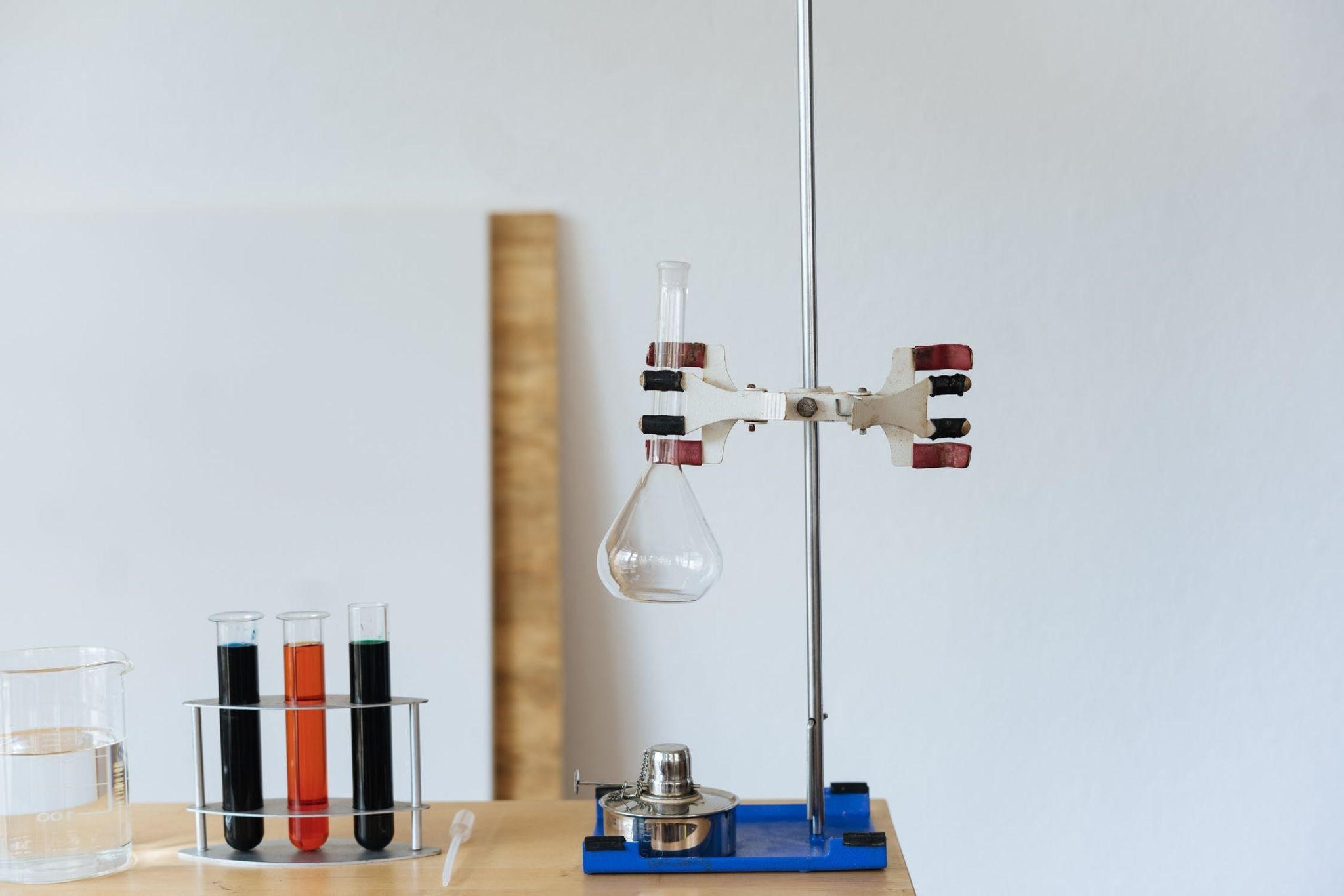
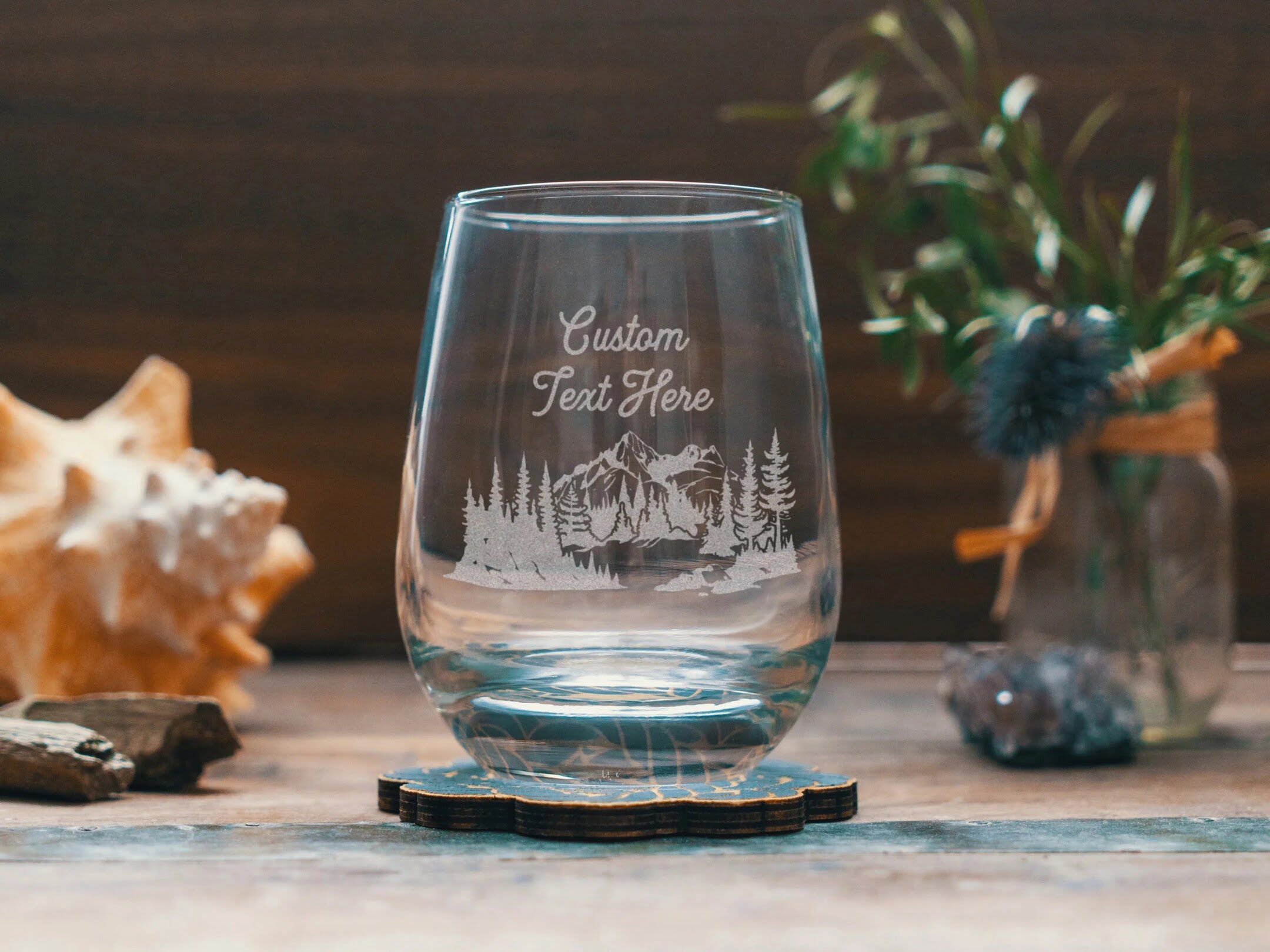
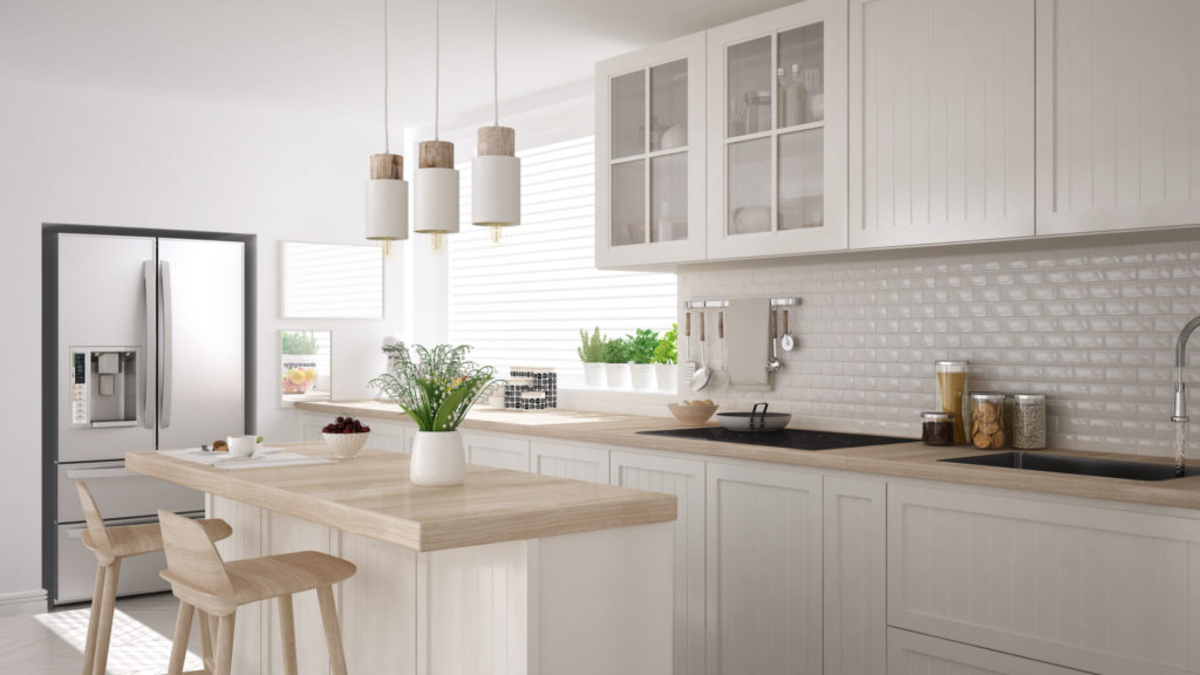
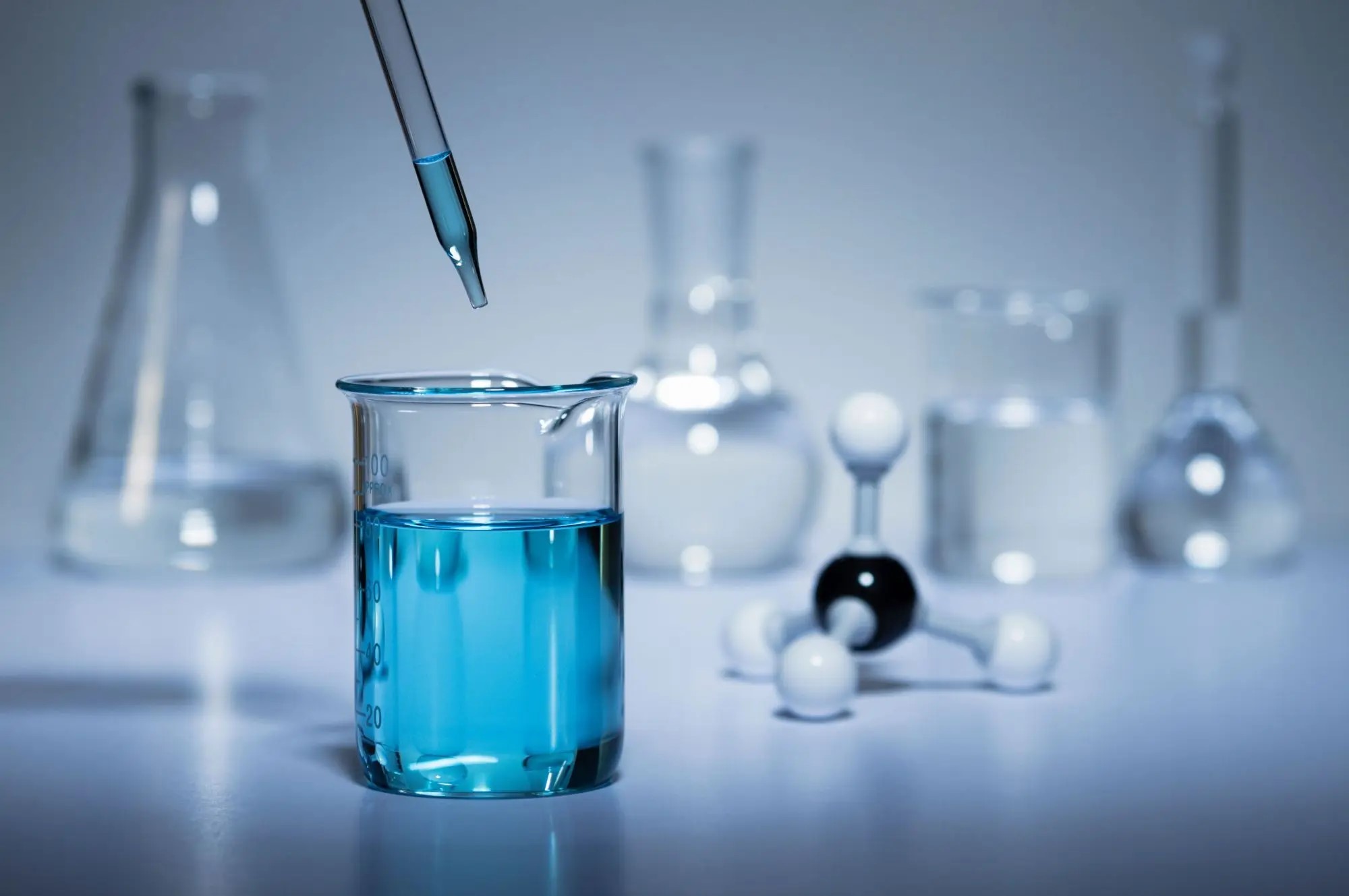

0 thoughts on “What Is The Definition Of Class A Glassware”